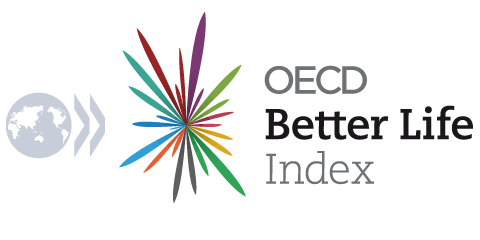Beyond averages: Better lives and inequality
By Sue Kendall-Bilicki, OECD
The problem with averages is that they are so impersonal. There is no doubt that the information they give can be useful – if the average performance in maths, reading and science in your country is higher than the average for dozens of countries, that tells you something about the quality of your national education system.
But it cannot tell you if girls and boys do equally well in school, or if your personal performance will be affected by how well-off or well-educated your parents and neighbours are. And these things matter because we do not live our lives by averages, but as individuals.
Just how wide is the gap between the richest and poorest in our society, and how does it compare with other countries? Where do girls do best in school, and are there countries where social and economic status do not affect your education? Is it true that the better off you are, the fewer real friends you have? Does it go without saying that if you are at the top end of society you are happier with your life than if you are at the bottom end?
These are questions that matter to all of us; what is more, the answers can help governments ensure that they are following policies that offer equal access to services such as education, healthcare or clean water.
That is why the OECD’s Better Life Index has been expanded to include comparisons between genders, and between the top 20% and the bottom 20% of society.
Much has been said and written about the need for greater gender equality, but it is a rather complex picture. True, men earn more and work more than women, but they are also more likely to be victims of assault or murder, while women live longer and have stronger social networks but are more likely to end their lives in poverty. When it comes to what is important to them, there is little difference between men and women who have created their Better Life Index. Men weigh civic engagement, income and health slightly higher while women weigh community, housing, work-life balance and life satisfaction slightly higher.
The effect of social and economic status on overall quality of life is very different between countries, suggesting that policy choices do affect inequality levels. On average, the top 20% earn five times as much as the bottom 20%, but in some countries the gap is much smaller. On average rich students do 20% better than poor ones – but some countries do manage to produce young men and women of fairly equal educational attainment regardless of their background.
Being at the lower end of the social and economic ladder also seems to affect people’s belief that they have a voice in how they are governed and who by – only 70% of the bottom 20% exercise their right to vote, compared with 77% for the top 20%. But again, this is only an average – and there are countries where the voting rate is similar for everyone, suggesting that it is possible to achieve broad social inclusion.
But one thing the Better Life Index does show us is that we all care about the same things – health, education and life satisfaction are most important to people wherever they are in the world, and that policies should focus on these aspirations to deliver better lives for all of us.


Comments